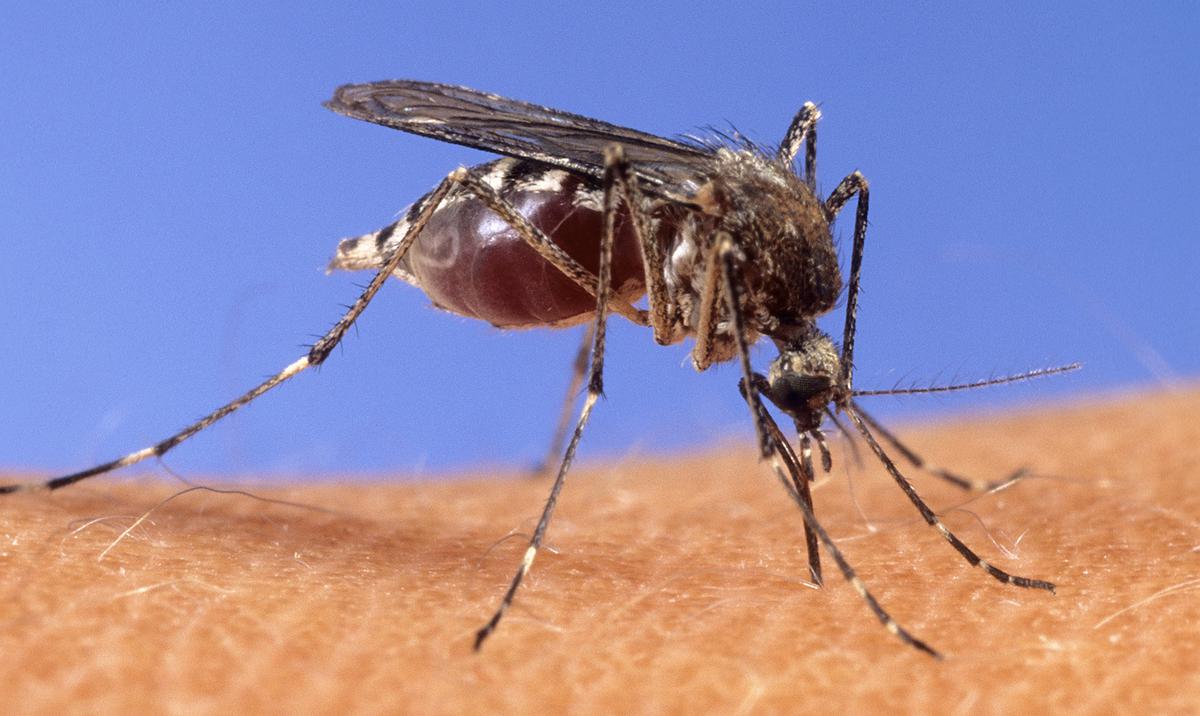
Scientists engineer mosquitoes that can’t spread malaria
Scientists have genetically modified mosquitoes with the ability to slow the growth of malaria-causing parasites.
Scientists have genetically modified mosquitoes with the ability to slow the growth of malaria-causing parasites in their gut, an advance that can help prevent transmission of the disease to humans.
These engineered mosquitoes produce compounds that impede the growth of malaria-causing parasites, which are then unlikely to reach the mosquitoes’ salivary glands and be passed on in a bite before the insects die.
Researchers from the Institute for Disease Modeling at the Bill and Melinda Gates Foundation developed a model which can assess the impact of such modifications if used in a variety of African settings.
They found that the modification in question could be effective even where transmission is high.
While the technique, described in a paper published in Science Advances journal has been shown to dramatically reduce the possibility of malaria spread in a lab setting, if proven safe and effective in real-world settings, it could offer a powerful new tool to help eliminate malaria.
How is Malaria Transmitted?
The disease is transmitted between people through a female mosquito after it bites someone infected with the malaria parasite. The parasite then develops into its next stage in the mosquito’s gut and travels to its salivary glands, ready to infect the next person the mosquito bites.
However, only around 10 percent of mosquitoes live long enough for the parasite to develop far enough to be infectious. The team aimed to lengthen the odds even further, by extending the time it takes for the parasite to develop in the gut.
The Anopheles Mosquito’
Researchers from the Transmission: Zero team at Imperial College London, UK, genetically modified the main malaria-carrying species of mosquito in sub-Saharan Africa, Anopheles gambiae, such that the mosquito produces antimicrobial peptides in its guts when it takes a blood meal.
These peptides impair the malarial parasite’s development by interfering with the energy metabolism of the parasite and also, causing the mosquitoes to have a shorter lifespan and further hampering their ability to pass on the parasite.
By the time, the next parasite stage could reach the mosquito salivary glands, most mosquitoes in nature are expected to die.
“We need to develop innovative new tools because mosquitoes and the parasites they carry are becoming resistant to available interventions such as insecticides and treatments, and funding has plateaued,” said the co-first author of the study, Tibebu Habtewold.
“Delaying the parasite’s growth in the mosquito has opened many more opportunities to block malaria transmission from mosquitoes to humans,” said study co-first author, Astrid Hoermann.
Gene Drive’
To use the genetic modification to prevent malaria spread in the real world, it needs to be spread from lab-bred mosquitoes to wild ones. The innovation is so designed that it can be coupled with existing ‘gene drive’ technology to spread the modification and drastically cut malaria transmission.
“Gene drive is one such powerful weapon that in combination with drugs, vaccines and mosquito control can help stop the spread of malaria and save human lives,” study co-lead author Professor George Christophides said.
Gene drive can be added to mosquitoes that would cause the anti-parasite genetic modification to be preferentially inherited, making it spread more widely among any natural population. Being new, it would, however, require extremely careful planning to minimize risks before any field trials.
The Transmission: Zero team is, therefore, creating two separate but compatible strains of modified mosquitoes – one with the anti-parasite modification and one with the gene drive. They can then test the anti-parasite modification on its own first, only adding in the gene drive once it is effective.
With partners in Tanzania, the team set up a facility to generate and handle genetically modified mosquitoes and conduct some first tests. These include collecting parasites from locally infected schoolchildren, to ensure the modification works against the parasites circulating in relevant communities.
They are also fully risking assessing any potential releases of modified mosquitoes, taking into account any potential hazards, and making sure they have buy-in from the local community. But they are hopeful that their intervention can ultimately help in eradicating malaria.
Malaria remains one of the most devastating diseases globally, putting at risk about half of the world’s population. In 2021 alone, it infected 241 million and killed 627,000 people, mostly children aged below five years old in sub-Saharan Africa, the researchers said.

